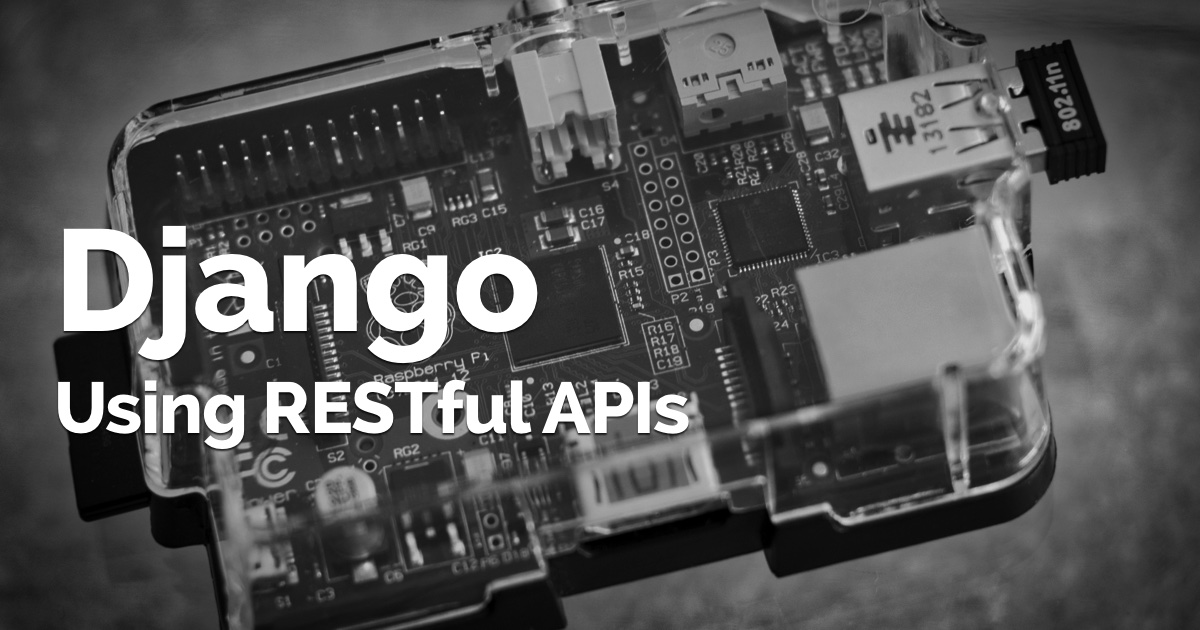I was reading today the book Two Scoops of Django (affiliate link) by Audrey and Daniel Roy Greenfeld and found some interesting tips about using class-based views with mixins.
Some general rules to use mixins to compose your own view classes, as suggested by Kenneth Love, which I grabbed from the above mentioned book:
- The base view classes provided by Django always go to the right;
- Mixins go to the left of the base view;
- Mixins should inherit from Python’s built-in object type
Following an example to illustrate the rules:
class FormMessageMixin(object):
@property
def form_valid_message(self):
return NotImplemented
form_invalid_message = 'Please correct the errors below.'
def form_valid(self, form):
messages.success(self.request, self.form_valid_message)
return super(FormMessageMixin, self).form_valid(form)
def form_invalid(self, form):
messages.error(self.request, self.form_invalid_message)
return super(FormMessageMixin, self).form_invalid(form)
class DocumentCreateView(FormMessageMixin, CreateView):
model = Document
fields = ('name', 'file')
success_url = reverse_lazy('documents')
form_valid_message = 'The document was successfully created!'In a similar way you could reuse the same FormMessageMixin in a UpdateView for example, and also override the default form_invalid_message:
class DocumentUpdateView(FormMessageMixin, UpdateView):
model = Document
fields = ('name', )
success_url = reverse_lazy('documents')
form_valid_message = 'The document was successfully updated!'
form_invalid_message = 'There are some errors in the form below.'Since Django 1.9 we have the built-in mixins LoginRequiredMixin and UserPassesTestMixin. If you are using them in your view classes, they should always go on the far left side, like below:
class DocumentUpdateView(LoginRequiredMixin, FormMessageMixin, UpdateView):
model = Document
fields = ('name', )
success_url = reverse_lazy('documents')
form_valid_message = 'The document was successfully updated!'


 How to Use RESTful APIs with Django
How to Use RESTful APIs with Django
 A Complete Beginner's Guide to Django - Part 6
A Complete Beginner's Guide to Django - Part 6
 A Complete Beginner's Guide to Django - Part 2
A Complete Beginner's Guide to Django - Part 2
 How to Extend Django User Model
How to Extend Django User Model
 How to Setup a SSL Certificate on Nginx for a Django Application
How to Setup a SSL Certificate on Nginx for a Django Application
 How to Deploy a Django Application to Digital Ocean
How to Deploy a Django Application to Digital Ocean